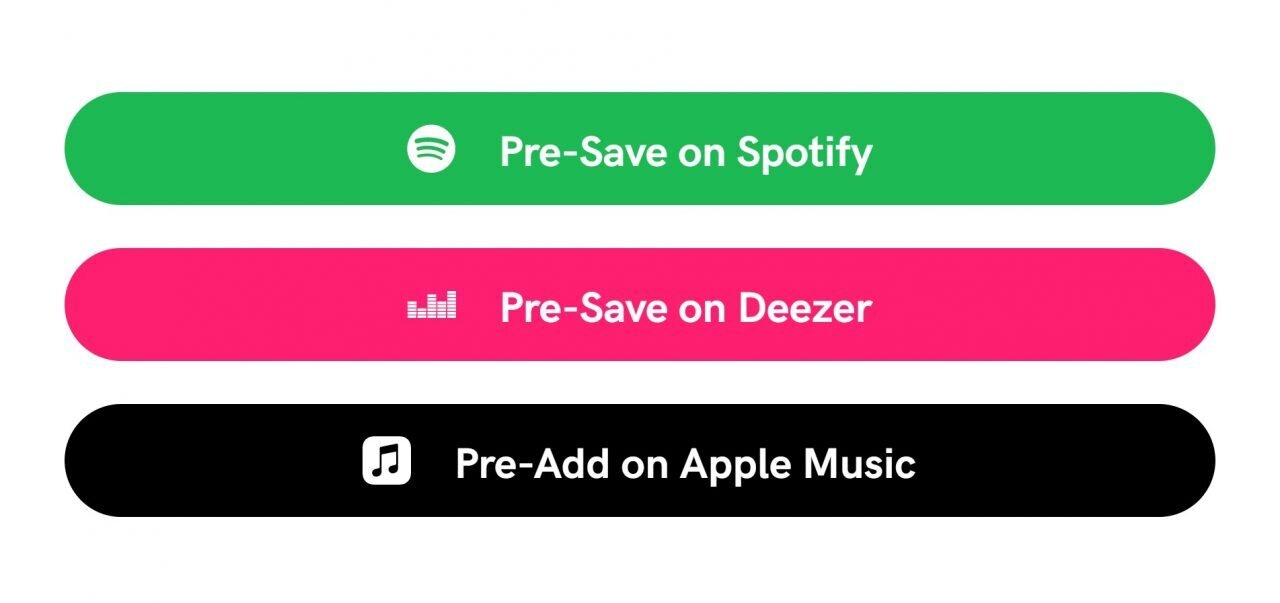Do Pre-Save Campaigns Impact Playlisting?
This week we decided to dig into what pre-saves really bring to the table, and the misconceptions surrounding them.
The Data That Really Matters
A common belief regarding pre-saves is that they directly influence artist’s placements on algorithmic and editorial playlists. In a recent panel discussion, Spotify Editorial representatives reminded us that pre-save widgets are third party applications that have no involvement with DSPs. Despite common belief across the industry, Spotify confirmed to us that they don’t actually look at or receive any pre-save data, it’s artist follower counts that they value above all.
Pre-save data in itself has no impact on an artist’s chances of landing in playlists, algorithmic or editorial. However, Spotify did suggest that in theory, pre-save campaigns that generate significant streaming on release, could influence algorithmic playlist placement.
We have also noticed a recent shift with record labels becoming less concerned with pre-save campaigns, and more focused on how they can grow Spotify followers.
Analysing Your Audience
Pre-save links offer artists an extra opportunity to track how their audience is engaging with a release, before it’s even out. You can gain an insight into the fans who are eager to hear more and learn where they’re located, what platform they use to stream, their age and more. Analysing this data can help you better understand your audience, which in turn, can help you make more informed decisions when it comes to tailoring your future marketing strategies.
Establishing Long Term Connections
Thanks to some pretty nifty campaign features, pre-save platforms can help artists engage with fans on a long-term basis. As part of the pre-save process, fans can follow artist pages and sign up to mailing lists. So a campaign that’s implemented now, can help create long-time fans, who are kept in the loop with future releases, touring news and more.
To take advantage of these benefits, it’s important to remember that the most effective pre-save campaigns usually come with some form of incentive, like a ‘presave to win’ component. They also start two to three weeks ahead of release, and are supported with a consistent flow of teaser content to keep fans engaged.










Last week, IFPI shared the Engaging with Music Report 2022, which features a collection of data sourced from 44,000 respondents, aged 16-64.